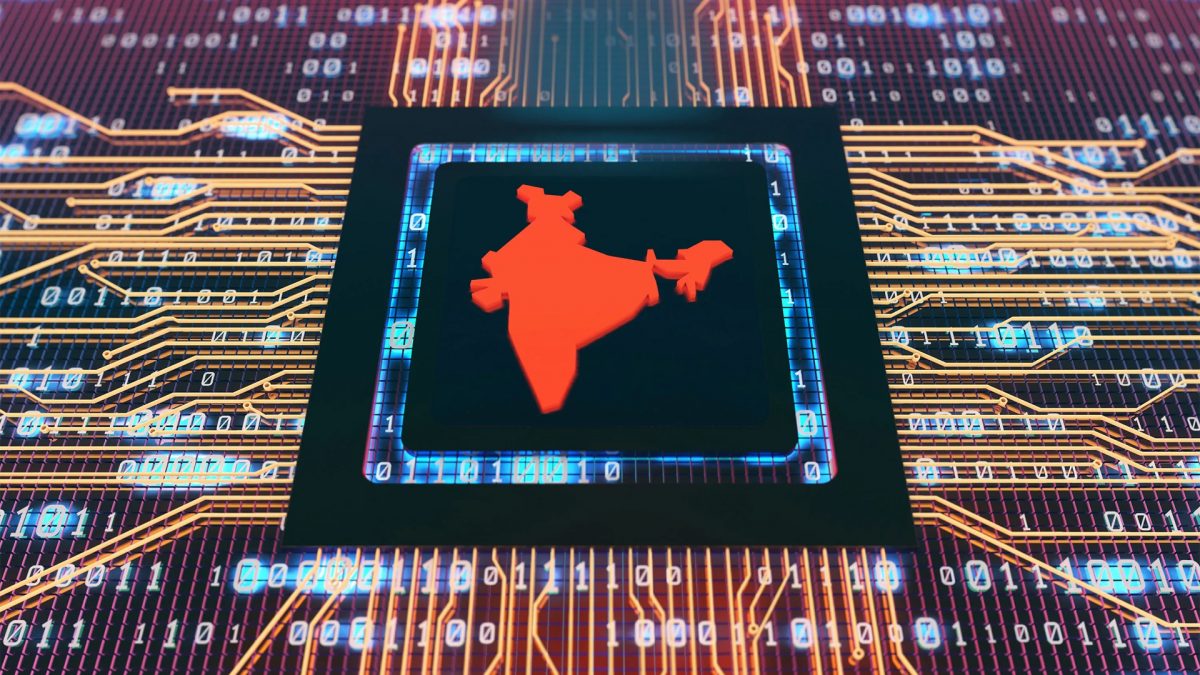
60 Years After the Sino-Indian War
The DiplomatIn the eastern Indian state of Arunachal Pradesh abutting China lies a Tibetan Buddhist monastery in Tawang. Dai Bingguo, who served as Beijing’s Special Representative for border talks with India between 2003 and 2013, wrote in an article in 2017 that “the major reason the boundary question persists is that China’s reasonable requests have not been met.” The Chinese line has hardened, and its state media now talks of “Zangnan” – literally meaning “southern Tibet” – best defined as all of Arunachal. The document, the Defense Ministry’s monthly activity report, said under the heading “Chinese aggression on LAC” – referring to the Line of Actual Control – that “the situation in Eastern Ladakh arising from unilateral aggression by China continues to be sensitive and requiring close monitoring and prompt action based on evolving situation.” It added, “Chinese aggression has been increasing along the LAC and more particularly in Galwan Valley since 5th May, 2020. After the disengagement at PP15, China’s Foreign Ministry spokesperson, when asked if the latest round of disengagement could lead to a restoration of the April 2020 status quo, said, “I’d like to state that the status quo of April 2020 you mentioned was created by India’s illegal crossing of the LAC. China will by no means accept that… We don’t accept the so-called status quo created by India’s illegal crossing of the LAC.” The status quo has been altered dramatically since April 2020 by both sides, but particularly by China with its massive construction of military and dual-use infrastructure in the area.
History of this topic

Jaishankar Warns of Slow Trust in India-China Relations
Deccan Chronicle
Disengagement of troops in four areas in Eastern Ladakh, says China
The Hindu
Chinese students to learn about 1962 India-China war in latest history books
Hindustan Times
Jairam Ramesh slams PM Modi over 2020 Galwan Valley clash
Deccan Chronicle
View: Chinese warning to India on the Central Sector is plain double-speak
Hindustan Times
'Will Neither Safeguard Peace Nor Ease Tension': China's View as India Adds More Troops at Disputed Border
News 18
India, China in 'Constructive Communication' to Settle Ladakh Standoff: Chinese Military
News 18
‘Finding equilibrium in ties a test for both India, China’
Hindustan Times
India, China share ‘perspectives’ on ‘complete disengagement’ in 21st Corps Commander talks
The Hindu
'We have mechanism to deal with...': MEA on viral video of Chinese soldiers stopping Indian herders in Ladakh
India TV News
Graziers confront Chinese soldiers in eastern Ladakh
The Hindu
‘India must bring in changes in its policy towards Myanmar’
Live Mint)
Vantage | What US assessment of China’s tactics on India border means
Firstpost
Indian troops defending every inch of border with China, says Ladakh Lieutenant Governor
The Hindu
Why India’s response to the China challenge in Ladakh is so lopsided
The Hindu
Review: Understanding the India China Border: The Enduring Threat of War in the High Himalayas by Manoj Joshi
Hindustan Times
Eastern Ladakh row: India, China look to LAC resolution to ‘enable progress’ in ties
The Hindu
India, China agree to work out mutually acceptable resolution along eastern Ladakh near LAC
India TV News
Military expansion along border increasing risk of conflict: US report on India-China
India Today
‘China troops on Ladakh border similar to… Told Jaishankar, but…’: Rahul Gandhi
Hindustan Times
India and China caught in vicious cycle to secure the Himalayan heights
The Hindu
More Indian-Chinese troops clashes expected in Ladakh as Beijing…: Report
Hindustan Times
How the Indian Army is responding to the Chinese troop build-up in the eastern sector
India Today
Indian army chief: China border situation is ‘unpredictable’
Associated Press
India's staunch reply to Pakistan, China: 'Won't allow terrorism, border issues to force to negotiating table'
India TV News
DC Edit | China ties can’t be normal if border is at boiling point
Deccan Chronicle
Ladakh stand-off is a signal to India against infrastructure construction in ‘disputed territory’, says expert
The Hindu
India, China talk Ladakh days after Tawang clash
Hindustan Times
Indian, Chinese army commanders meet to end border standoff
Associated Press
India China Hold First Talks After Arunachal Tawang Clash Agree To Maintain Security And Stability
ABP News
India increases security on border with China after tense standoff
The Independent
DC Edit | Put curbs on China trade to check border mischief
Deccan Chronicle
Arunachal Pradesh CM Pema Khandu says Indian soldiers will give a befitting reply to anyone who tries to transgress in Indian Territory
Op India
Tawang Clash: India Should Prepare For War, If It Wants Peace At China Borders - News18
News 18
Big Picture: Lessons from PLA Tawang incursions and China’s global ambitions
Hindustan Times)
India should be prepared for war with China: Why Xi Jinping may be tempted to open Himalayan fronts well before Taiwan
Firstpost
Situation 'stable but unpredictable': Indian Army chief on Chinese activity in eastern Ladakh
India Today
Can't take the eye of the ball: US official on China's aggression at LAC
India Today)
Ladakh to Xinjiang: Why are India and China suddenly playing footsie?
Firstpost
India-China disengagement in Ladakh: Rahul Gandhi attacks PM Modi | KNOW DETAILS
India TV News
'Complete disengagement between India, China at key flash point in Ladakh': Sources
India TV News
China starts withdrawing troops from east Ladakh
Live Mint
Over 3,500-Km Roads Near China Border — What Changed After Doklam
ABP News
India's learning from Taiwan: Normalising Ladakh is playing into China's hands | OPINION
India Today
Is India Hardening Its Position Toward Military-Ruled Myanmar?
The Diplomat
Why India-China stand-off in eastern Ladakh is unlikely to end soon
India Today
Eastern Ladakh Row: India, China Likely to Hold 16th Round of Military Talks on July 17
News 18
China slams US General for criticising its military build-up at Sino-India border as 'alarming'
India Today
India carefully monitors developments along border: Govt after US remark
Live MintDiscover Related






)



)








)






)


)










)




)
